 |
Plant Conservation |
2.50 |
The goal of this course is to lead the fight against extinction by taking a leadership role and collaborating with others to save species from extinction using science-based techniques and fostering collaboration and cooperation. |
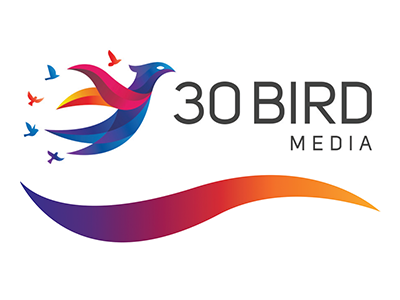 |
PMP® Certification: Passing the 2021 Exam |
40.00 |
PMP® Certification: Passing the 2021 Exam provides the basic knowledge needed to learn the concepts and skills necessary to pass the 2021 Project Management Professional (PMP) exam administered by the Project Management Institute (PMI). It is intended to be used alongside the PMBOK® Guide, Sixth Edition, which is useful as an ancillary reference and glossary.
The new release of this course (R2.0) includes a new chapter on agile approaches to, and tools for, the project life cycle. These methods address projects that require an adaptive project environment, iterative activities, and changing requirements. The standard example of adaptive project needs is that of software development and revision; however, agile methods are used today in many different project environments, from architecture to medical equipment and services. The new chapter (Managing projects with agility) was inserted at the end of the book. There were no other changes to the rest of the content, including the Exam Prep add-on.
This course assumes that you have project management and other educational experience, as required by PMI, in order to take the exam. In addition, it’s expected either that you have already applied to take the exam, or that you plan to do so while taking this course or shortly thereafter; this course contains instructions for doing so. |
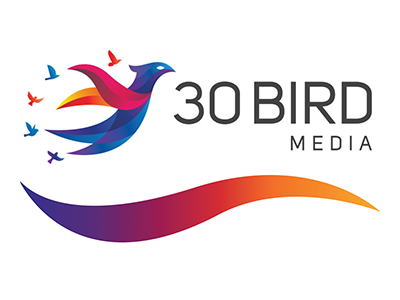 |
PMP® Certification: Passing the 2021 Exam - Exam Prep |
1.00 |
Exam Prep to accompany 30 Bird's PMP® Certification: Passing the 2021 Exam course. |
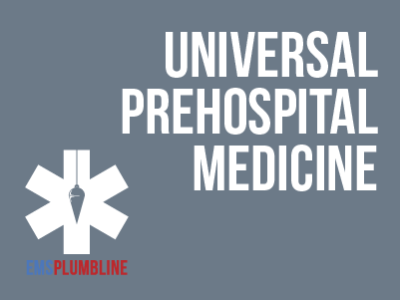 |
Pneumothorax and Hemothorax for EMTs |
1.00 |
Paramedic Instructor Peter Bonadonna discusses some of the most life threatening chest injures. |
 |
Polar Bears |
1.00 |
This course will provide an introduction to polar bears, including an overview of physical characteristics, habitat, behavior, reproduction and the conservation efforts dedicated to protecting this species. |
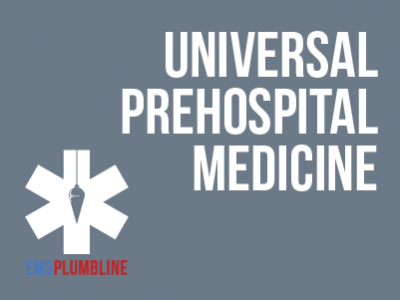 |
Popular Tourniquets |
1.00 |
Prehospital trauma care has not seen many changes that rival the advent of tourniquets. There is a lot of material that is nice to know. This lesson is a brief review of what we believe medics need to know. Successful completion of this lesson will set the stage for higher-level conversations. More importantly, we hope that you will be encouraged to practice applying the tourniquets until you have obtained true proficiency. Final Exam: This multiple-choice exam is designed to test your knowledge of the material you just reviewed. You have two attempts to gain an 80% or higher on this exam. Please take your time and answer each question carefully.
|
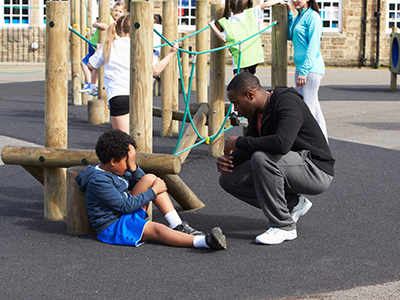 |
Positive Behavior Interventions and Supports (PBIS) |
1.00 |
This course covers Positive Behavior Interventions and Supports (PBIS) as a school-wide initiative. It explains the philosophy behind using PBIS, the levels of support at three different tiers, and how PBIS may be implemented in schools. This course will offer insight into how PBIS can create positive outcomes in school. It is just one of the many K-12 paraprofessional and teacher courses we offer. |
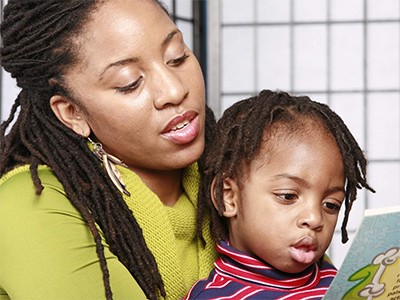 |
Positive Guidance Toward Problem-Solving (CDA 3) |
2.00 |
Early interactions in infancy and toddlerhood often involve exploring boundaries through behaviors like grabbing toys, pulling hair, or biting. This course delves into the reasons behind these behaviors and equips professionals with positive guidance strategies to help children learn conflict resolution without resorting to harm. Through self-assessment tools, you can evaluate your current practices and identify areas for improvement, ultimately enhancing the quality of care for infants and toddlers in your setting. |
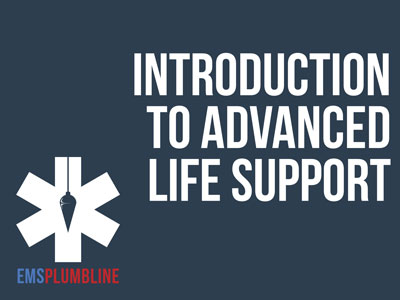 |
Post Intubation Management |
1.00 |
The NYS Collaborative Protocol: (2-34) General: Post Intubation Management permits the insertion of placement of an orogastric (OG) tube, if equipped and regionally approved. This lesson is designed to assist with that training. Experienced EMS Educator, Paramedic Jason Haag, sits down with the distinguished and seasoned Medical Director from the Finger Lakes Region, Jack Davidoff, MD. Their instruction is the perfect support module for what you and your team can do to assure psycho-motor skills in a classroom. |
 |
Power and Pride: The Origins of Pride Month |
1.00 |
Decades of oppression of the LGBTQ+ community, cultural shifts in the 1960s, and good troublemaking led to that fateful night at Stonewall. You’ll learn how the events on June 28 became a catalyst for change and a symbol for LGBTQ+ rights that evolved into today’s Pride festivals and marches. This course explores the key events and personalities in the United States that ultimately shaped a global movement. |
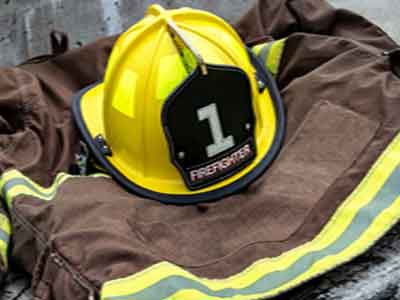 |
PPE Care and Maintenance |
1.00 |
This course describes the required care and maintenance necessary to keep your personal protective equipment in service and able to afford you the highest level of protection. The objective is to promote competency in personal protective equipment inspection procedures based on NFPA 1851 standards. Students should also familiarize themselves with agency guidelines, policies, procedures, and best practices for documenting and reporting concerns with issued personal protective equipment. |
 |
PPE Care and Maintenance #1931 (Instructor Guide) |
1.00 |
This training session is a PowerPoint presentation and skill demonstration. The presentation is an instructor lead discussion that reviews the importance of proper use and care of personal protective equipment for structural firefighting. The lesson reviews NFPA standards for structural firefighting PPE; 1971 and 1851. The lesson discusses the importance of proper care of the gear including selection, inspection, and storage. The procedure for inspection and cleaning of the PPE is reviewed including washing, drying, and repairing. The inspection procedure is demonstrated by the instructor and performed by the student. The student is able to describe how to conduct routine maintenance and care of PPE by the end of the lesson. |
 |
Prehospital Tracheostomy Care for the BLS Provider |
1.00 |
One of the most intimidating events for a BLS provider is the 911 call for a pediatric patient with a difficult airway. Dr. Christopher Harmon and Paramedic Kuo Downing Reese discuss the challenging topic of the emergent airway and tracheostomy management in the prehospital setting.
Final Exam: This multiple-choice exam is designed to test your knowledge of the material you just reviewed. You have two attempts to gain an 80% or higher on this exam. Please take your time and answer each question carefully. |
 |
Preparing Workplaces for Pandemic Flu |
0.25 |
This course covers the basic knowledge of what the pandemic flu is, and how you can keep yourself, your family, and your workplace safe and healthy. |
 |
Presentation Methods and Debriefing Activities |
2.00 |
There is no "one size fits all" approach to working with children and youth, and this is especially true when it comes to how we present and debrief activities. During this course, participants will understand the importance of the delivery and debriefing of an activity to help children and youth make meaning, as well as some specific methods that can be incorporated into the program right away. |
 |
Preventing Cuts, Scrapes, and Punctures |
0.25 |
This course covers how to protect yourself from scrapes, cuts, and punctures. You will learn how to operate sharp objects and tools safely and what to do in case you accidentally harm yourself using these objects. You will also learn how to categorize different sharp objects so that you can be aware of the specific dangers they present. |
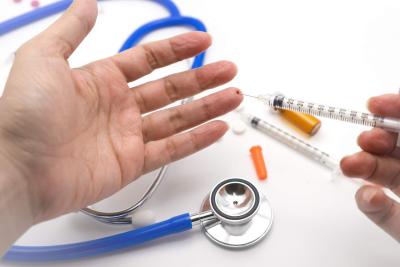 |
Preventing Needlesticks and Other Sharps Injuries |
1.00 |
A sharps injury is a penetrating stab wound from a needle, scalpel, or another sharp object that may result in blood or additional body fluids exposure. Sharps injuries are typically the result of using sharp equipment in a fast-paced, stressful, and potentially understaffed environment. This course covers the causes of needlestick and sharps injuries in the healthcare workplace, how to prevent such injuries and the prevention strategies that can be implemented. |
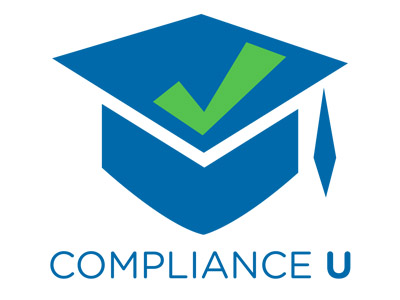 |
Preventing Sexual Harassment and Understanding California Law |
0.50 |
This course will teach California employees how to recognize sexual harassment, defines the rights and responsibilities of employers and employees, and provides an overview of the legal remedies available in sexual harassment lawsuits. |
 |
Preventing Sexual Harassment and Understanding California Law (Corrections) |
0.50 |
This course will teach California employees how to recognize sexual harassment, defines the rights and responsibilities of employers and employees, and provides an overview of the legal remedies available in sexual harassment lawsuits. |
 |
Preventing Slips, Trips and Falls: A Training Program for Small Business |
0.67 |
The Preventing Slips, Trips and Falls course focuses on helping small business owners and their employees identify, evaluate and control the hazards in their workplaces that may cause slips, trips and falls. Designed to increase and improve participants' knowledge, skills and access to valuable resources, this course will assist them in establishing systems that can help them prevent slips, trips and falls. Participants will learn how to prevent, recognize, evaluate, and control slip, trip and fall hazards, as well as develop their own learning goals and action plans. |
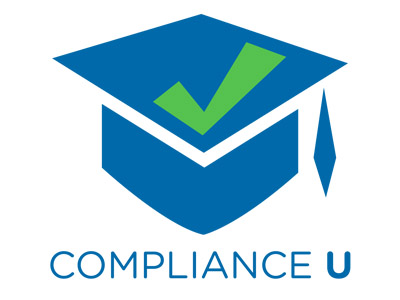 |
Preventing Slips, Trips and Falls: A Training Program for Small Business (Corrections) |
0.67 |
The Preventing Slips, Trips and Falls course focuses on helping small business owners and their employees identify, evaluate and control the hazards in their workplaces that may cause slips, trips and falls. Designed to increase and improve participants' knowledge, skills and access to valuable resources, this course will assist them in establishing systems that can help them prevent slips, trips and falls. Participants will learn how to prevent, recognize, evaluate, and control slip, trip and fall hazards, as well as develop their own learning goals and action plans. |
 |
Preventing Violence at the Workplace |
0.50 |
This course covers the basics of workplace violence protection, including the four types of workplace violence and the appropriate responses to each. |
 |
Preventing Violence at the Workplace - Retail |
0.50 |
This course addresses workplace violence, including its factors and types, and provides strategies for preventing it. |
 |
Principles of Geriatric Pharmacotherapy |
1.00 |
Principles of Geriatric Pharmacotherapy, designed for health care professionals, teaches you how to identify treatment goals in older adults. Problems of aging are covered, such as the physiologic changes of the older population. Furthermore, this module identifies tools available to prevent inappropriate prescribing of medication, specifically highlighting the Medication Appropriateness Index, the Beers Criteria, and the STOPP/START Criteria. Some specific medications are discussed that require special care when prescribing them. Finally, you will learn how to ensure safe medication use in older adults. |
 |
Prison Rape Elimination Act (PREA) |
1.00 |
This course covers the Prison Rape Elimination Act (PREA) and its standards and regulations for adults and juveniles serving time in facilities. The purpose of the act is to “provide for the analysis of the incidence and effects of prison rape in federal, state, and local institutions and to provide information, resources, recommendations, and funding to protect individuals from prison rape." The overall goal of the PREA standards are to help inmates, both adult and juvenile, stay safe and protected from sexual abuse during their time in a correctional facility. |


























